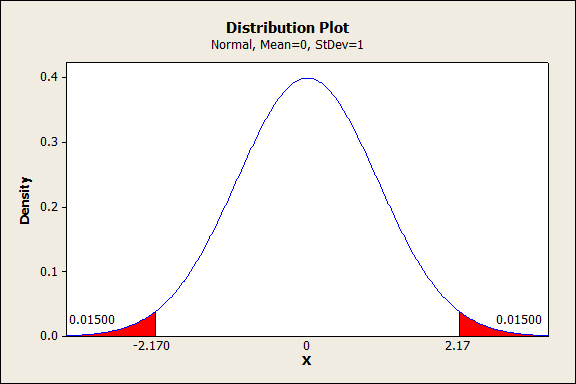

Chi square(written "x 2") is a numerical value that measures the difference between an experiment's expected and observed values. Did our experimental manipulation (in this case, changing the source of our data from a national one to a local one) cause this change in results, or are our town's police as biased as the national average suggests, and we're just observing a chance variation? A p value will help us determine this.Ĭompare expected results to observed results with chi square. These differ from our expected results of 100 and 50, respectively. We found that 90 tickets were for red cars and 60 were for blue cars. Example: Let's say that, in our town, we randomly selected 150 speeding tickets which were given to either red or blue cars.The purpose of finding a p-value is basically to determine whether the observed results differ from the expected results to such a degree that the "null hypothesis" - the hypothesis that there is no relationship between the experimental variable(s) and the observed results - is unlikely enough to reject. If we manipulate some experimental condition and the observed results differ from this expected results, two possibilities are possible: either this happened by chance, or our manipulation of experimental variables caused the difference.

Now that you've determined your expected values, you can conduct your experiment and find your actual (or "observed") values. If we take a random pool of 150 speeding tickets given to either red or blue cars in our town, we would expect 100 to be for red cars and 50 to be for blue cars if our town's police force gives tickets according to the national bias.ĭetermine your experiment's observed results. We want to find out whether or not the police in our town also demonstrate this bias by analyzing speeding tickets given by our town's police. Let's say the average results nationally show a 2:1 preference for red cars.


 0 kommentar(er)
0 kommentar(er)
